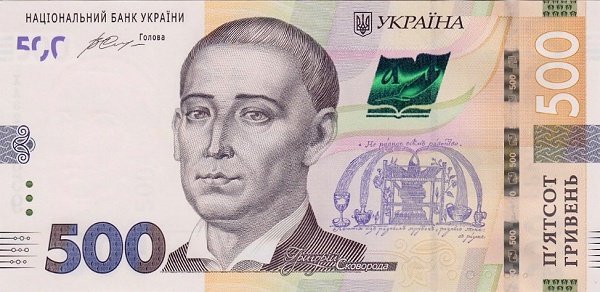Ukrainians withdrew 67.7 billion hryvnias ($1.61 billion) in the third quarter—an 8.2% increase since January—as Russia destroyed half of the country’s generating capacity and triggered complete blackouts that halted digital payments for days.
The National Bank’s data captures a behavioral shift playing out in millions of Ukrainian households as Russia destroyed more than half of Ukraine’s pre-war generating capacity in the first six months of 2025. Cash in circulation reached 890.1 billion hryvnias ($21.2 billion) by 1 October, with officials explicitly linking the acceleration to “increased uncertainty about war ending and intensified air attacks that may cause prolonged power outages.”
High-denomination notes
Ukrainians shifted toward larger bills, with 1,000-hryvnia notes growing 3.6 percentage points as a share of total circulation—the fastest growth of any denomination. The pattern shows households consolidating wealth into easily portable forms rather than simply withdrawing emergency cash for daily transactions.
Each Ukrainian held an average of 63 banknotes and 191 coins by October, up from 186 coins at the start of the year.
The 500-hryvnia note remains most common at 26.6% of total circulation, while 50-hryvnia bills comprise just 4.5%.
Nearly worthless coins
The National Bank simultaneously began phasing out 10-kopeck coins on 1 October, citing their 27.4% share of circulation despite “no longer playing a substantial role in cash transactions.”
Each 10-kopeck coin equals 0.24 US cents—worth roughly 150 times less than a box of matches, which costs 15-20 hryvnias.
Ukraine is withdrawing them to reduce state costs for production, processing, transportation, and storage during wartime. At the same time, 50-kopeck coins remain in demand from the retail and service sectors, accounting for 9.1% of circulation.
Digital economy adapting to war
The cash surge marks a sharp reversal for Ukrainian consumers. A May 2025 Visa study found 95% of Ukrainians use digital payment methods, with 68% no longer carrying cash or visiting ATMs under normal circumstances.
Trending Now
However, Russia’s systematic targeting of energy facilities has forced businesses and consumers to maintain cash reserves during periods when digital systems fail.
Recent attacks demonstrate the threat’s persistence. On 2 November, Russian strikes left the entire Ukraine-controlled portion of Donetsk Oblast without power, with partial outages in Zaporizhzhia, Kharkiv, and Chernihiv.
On 30 October, the barrage deployed 653 drones and 52 missiles targeting the grid. According to Vice Prime Minister Oleksiy Kuleba, Ukraine plans to fortify 100 critical energy sites by the end of this year. At the same time, Russia has adapted tactics to use heavier warheads and more sophisticated drone guidance systems.
European worry becomes policy
The cash hoarding pattern isn’t unique to Ukraine, but the motivation is. European Central Bank researchers documented extraordinary spikes in countries bordering Ukraine as early as spring 2022. Estonia, Lithuania, Slovakia, and Finland saw euro cash demand jump six to ten standard deviations above historical averages in March 2022.
Austrian National Bank surveys found 30-60% of central and eastern European citizens withdrew cash, increased euro holdings, or converted savings following Russia’s invasion.
That uncertainty translated into official policy. The ECB research, titled “Keep calm and carry cash,” established physical currency as a “spare tire” for payment systems during crises—a finding CNN reported prompted governments across Europe to formalize cash reserve recommendations. The Netherlands, Austria, and Finland now advise citizens to keep €70-€100 per person for 72-hour emergencies. Sweden recommends enough for a week “if digital payment methods have been interrupted.”
European neighbors hoarded cash due to fears that have yet to materialize.
Ukrainians stockpile currency because digital payments actually stop working when Russian missiles destroy substations. The National Bank’s data shows first-quarter cash withdrawals reversed in quarters two and three—a seasonal pattern, officials noted, but amplified by infrastructure vulnerability that has made physical currency a necessity rather than merely a precaution.

